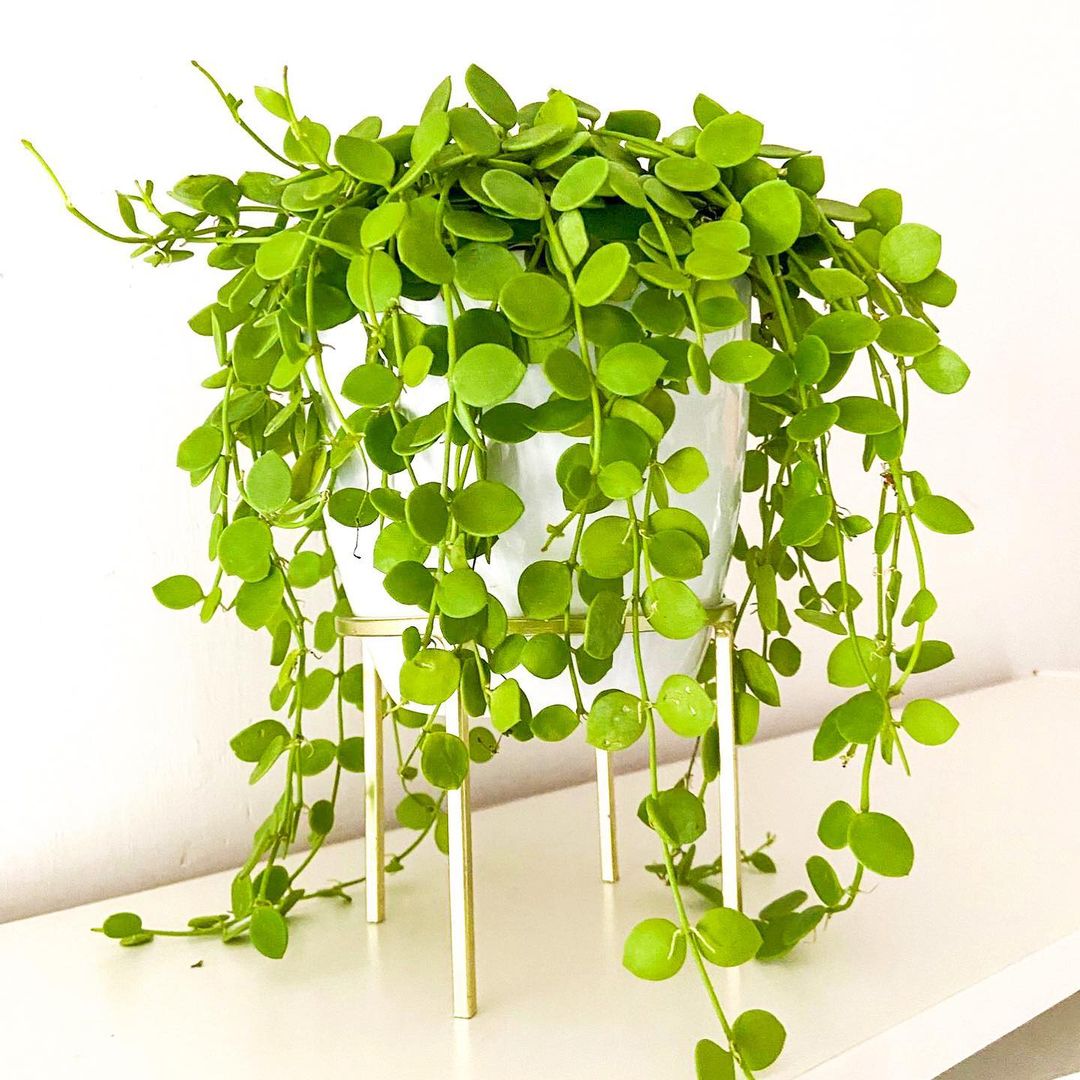Find Do Plants Cry When Stressed? Learn how scientists use technology to detect and interpret these sounds and what they could mean.
Have you ever wondered Do Plants Cry When Stressed? Read on to learn more about this fascinating area of research in this article.
What is a Stressed Plant?
Stress in plants is defined as any condition or substance that impedes or alters their metabolism, growth, or development. This encompasses a wide range of factors, both natural and human-induced, that can adversely affect vegetation. These stressors can take many forms, including environmental conditions such as drought or pollution, as well as human activities like deforestation or herbicide use.
Do Plants Cry When Stressed?

According to a study published in Cell, it has been discovered that plants are capable of emitting ultrasonic airborne sounds when they are under stress. These sounds provide information about the type and condition of the plant. In a greenhouse setting, it is possible to detect and interpret these sounds, which can provide valuable insights into the health and well-being of the plants.
A recent study posted on the preprint server bioRxiv suggests that a drought-affected plant may emit a high-frequency sound that qualifies as a cry of distress, even if it’s inaudible to human ears. This finding challenges the popular notion of “mandrakes” from folklore and highlights the potential of plants to communicate their physiological state through sound.
While humans require technological aid to perceive ultrasonic pops emitted by plants, other organisms such as mammals, insects, and even other plants may be capable of detecting these sounds in their natural environment and reacting to them accordingly. Thus, the significance of these ultrasonic emissions goes beyond their role as a mere byproduct of plant physiology and potentially serves as a means of communication and interaction within ecosystems.
Crying Plants
A team led by Lilach Hadany at Tel-Aviv University in Israel conducted an experiment to monitor the sounds emitted by tobacco (Nicotiana tabacum) and tomato (Solanum lycopersicum) plants.
The research team equipped small boxes with microphones to detect sounds beyond the range of human hearing and placed the plants in them. They found that stressed plants, particularly those experiencing water deprivation or recent cutting, generated noticeable noises. Playing back these sounds at lower frequencies and higher speeds resulted in the description of short clicks resembling popcorn rather than melodic singing.
The team also investigated the feasibility of implementing this approach in a greenhouse setting by recording plant sounds in such an environment. By utilizing a computer program specifically designed to remove background noise from sources such as wind and air-conditioning units, the researchers were able to capture the sounds produced by the plants. Preliminary findings suggest that tomato and tobacco plants are not unique in producing these sounds. As other crops such as wheat, corn, and wine grapes have also been observed to emit noises when they are experiencing water stress.
How Plants Make Sound?
Although plants lack vocal cords or lungs, they are still capable of producing sounds. Researchers speculate that these sounds may originate from the xylem. Surface tension holds the water in the xylem together, similar to how it works in a drinking straw. If an air bubble forms or bursts in the xylem, it could create a small popping noise. Drought stress may increase the likelihood of bubble formation. However, Lilach Hadany notes that further research is necessary to understand the precise mechanism behind these sounds.
The team used a machine-learning model to identify whether a plant was water-stressed or recently cut with 70% accuracy based on its emitted sounds. This finding indicates that audio monitoring of plants may have practical applications in agriculture and horticulture.
Do Plants Listen and React?

Previous studies have explored the possibility of plants “hearing” sounds, such as the observation that beach evening primroses (Oenothera drummondii) release sweeter nectar in response to the sound of a flying bee.
While some have speculated that plant noises may play an important role in shaping ecosystems and influencing the behavior of both plants and animals. The evidence remains inconclusive, according to Graham Pyke, an environmental science specialist and retired biologist from Macquarie University. Pyke expresses doubt that animals are capable of detecting the sounds produced by stressed plants at significant distances due to their likely faintness.
However, he is open to the idea that plants emit sounds when they are under stress. Researchers need to conduct further studies to comprehend this phenomenon fully.
Conclusion
In conclusion, recent studies have shown that plants emit ultrasonic sounds when under stress. Due to air bubble formation in their xylem. Various animals, including mammals and insects, can interpret these sounds, even though humans cannot hear them. However, the potential ecological impact of plant sounds is still uncertain and requires further research. Nonetheless, this discovery opens up new possibilities for practical applications in agriculture and horticulture.



